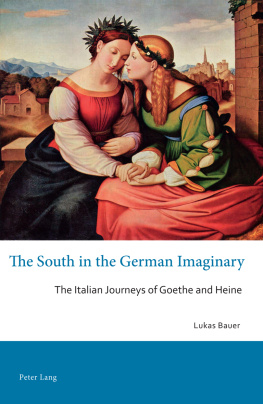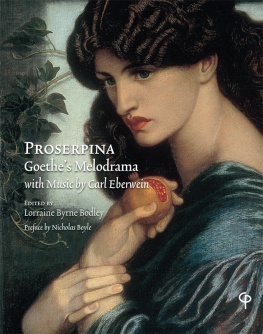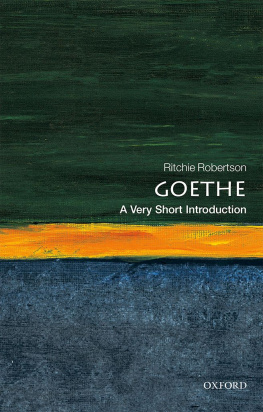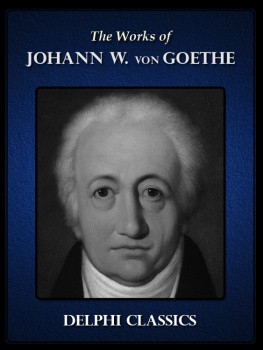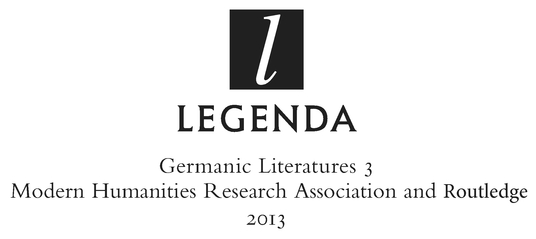GOETHE'S VISUAL WORLD
LEGENDA, founded in 1995 by the European Humanities Research Centre of the University of Oxford, is now a joint imprint of the Modern Humanities Research Association and Routledge. Titles range from medieval texts to contemporary cinema and form a widely comparative view of the modern humanities, including works on Arabic, Catalan, English, French, German, Greek, Italian, Portuguese, Russian, Spanish, and Yiddish literature. An Editorial Board of distinguished academic specialists works in collaboration with leading scholarly bodies such as the Society for French Studies and the British Comparative Literature Association.

The Modern Humanities Research Association (MHRA) encourages and promotes advanced study and research in the field of the modern humanities, especially modern European languages and literature, including English, and also cinema. It also aims to break down the barriers between scholars working in different disciplines and to maintain the unity of humanistic scholarship in the face of increasing specialization. The Association fulfils this purpose primarily through the publication of journals, bibliographies, monographs and other aids to research.
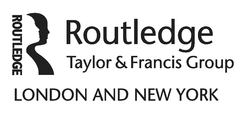
Routledge is a global publisher of academic books, journals and online resources in the humanities and social sciences. Founded in 1836, it has published many of the greatest thinkers and scholars of the last hundred years, including Adorno, Einstein, Russell, Popper, Wittgenstein, Jung, Bohm, Hayek, McLuhan, Marcuse and Sartre. Today Routledge is one of the world's leading academic publishers in the Humanities and Social Sciences. It publishes thousands of books and journals each year, serving scholars, instructors, and professional communities worldwide.
www.routledge.com
Germanic Literatures
Editorial Committee
Chair: Professor Ritchie Robertson (University of Oxford)
Dr Barbara Burns (Glasgow University)
Professor Jane Fenoulhet (University College London)
Professor Anne Fuchs (University of Warwick)
Dr Jakob Stougaard-Nielsen (University College London)
Dr Almut Suerbaum (University of Oxford)
Professor Susanne Kord (University College London)
Professor John Zilcosky (University of Toronto)
Germanic Literatures includes monographs and essay collections on literature originally written not only in German, but also in Dutch and the Scandinavian languages. Within the German-speaking area, it seeks also to publish studies of other national literatures such as those of Austria and Switzerland. The chronological scope of the series extends from the early Middle Ages down to the present day.
APPEARING IN THIS SERIES
1. vani Gol: The Thwarted Pursuit of the Whole, by Rober tVilain
2. Sebald's Bachelors: Queer Resistance and the Unconforming Life, by Helen Finch
3. Goethe's Visual World , by Pamela Currie
4. German Narratives of Belonging:
Writing Generation and Place in the Twenty-First Century, by Linda Shortt
Managing Editor
Dr Graham Nelson, 41 Wellington Square, Oxford ox1 2JF, UK
www.legendabooks.com
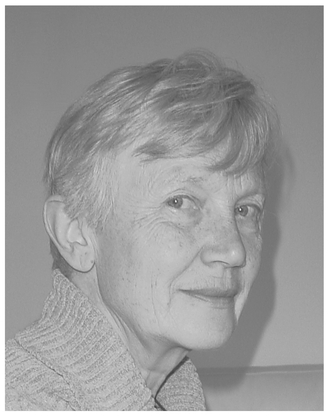
Pamela Currie (19412012 )
Goethes Visual World
Pamela Currie
First published 2013
Published by the
Modern Humanities Research Association and Routledge
2 Park Square, Milton Park, Abingdon, Oxon OX14 4RN
711 Third Avenue, New York, NY 10017, USA
LEGENDA is an imprint of the Modern Humanities Research Association and Routledge
Routledge is an imprint of the Taylor & Francis Group, an informa business
Modern Humanities Research Association and Taylor & Francis 2013
ISBN 978-1-907975-89-9 (hbk )
All rights reserved. No part of this publication may be reproduced, stored in a retrieval system, or transmitted in any form or by any means, electronic, mechanical, including photocopying, recordings, fax or otherwise, without the prior written permission of the copyright owner and the publisher.
Product or corporate names may be trademarks or registered trademarks, and are used only for identification and explanation without intent to infringe.
Contents
Guide
On behalf of our mother, Pamela Currie, we would like to express our gratitude to a number of individuals and institutions.
Help in obtaining images was given by the photographic archive staff at the Palazzo Barberini and the Palazzo Pitti, photographer Nicol Orsi Battaglini, and the past and present Directors of the Vatican Museums, Dr Francesco Buranelli and Dr Antonio Paolucci. Dr Guido Cornini of the Pinacoteca Vaticana, Rome, and Dr Christofer Conrad of the Staatsgalerie Stuttgart, enabled our mother to view paintings that were not on display to the public.
The staff of various libraries and archives provided assistance over many years. These include the Goethe-und Schiller-Archiv, the British Library, the Bodleian Library, and the Taylor Institution Library. Although researched and written in retirement, this book has benefitted in various ways from the contributions of former colleagues at Lady Margaret Hall and in the Oxford Sub-Faculty of German.
Professor Jan J. Koenderink of the Buys Ballot Laboratory, University of Utrecht, kindly read and commented on an earlier draft of .
We would like to thank Oxford German Studies for permission to reprint . In the preparation of the manuscript, our series editor Professor Ritchie Robertson, copy-editor Richard Correll, and indexer Sue Dugen have played an important role.
Our heartfelt gratitude goes to Professor T. J. Reed who first conceived of this book and since then has been so generous with his time, support, and knowledge. We are also indebted to Dr Graham Nelson for taking on this project and so expertly guiding it through to completion.
Finally, our mother would have wished to thank our father, Robert Currie, for his unfailing encouragement in this endeavour, as in all others.
Elizabeth and Daniel Currie, London, March 2013
T. J. Reed
The essays collected in this volume are not a loose assemblage but the product of a remarkable and coherent research interest. Not a programme of the kind funding bodies now commonly demand, as if the scope of an enquiry could be delimited before it is undertaken; more a record of being led on from answering one question to asking the next. In the grateful shelter of retirement, Pamela Currie was able to spend ten years freely following where the themes led.
Connectedness was not just a matter of her private curiosity. What began squarely in the field of literary studies, where she had earlier taught, contained the seed of work on psychology, cognition, light and colour, the history and theory of visual art. Connection was possible, indeed given, through the central figure of the essays. Goethe's work and thinking arguably touched the world at more points than those of any other European writer. Most of those points were sensory: from early on he was a man confident in the 'truth of his five senses' and very much a Man of the Eye, an 'Augenmensch', committed to seeing the world aright, and succeeding impressively in doing so.



